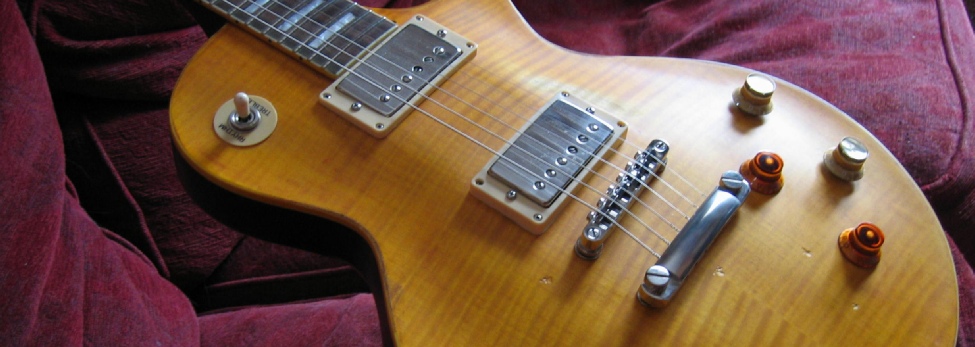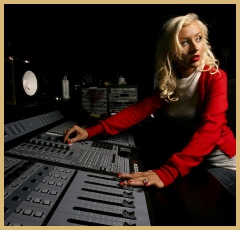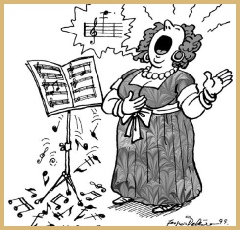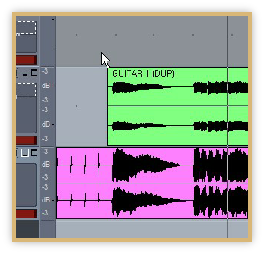






Gain Structure: Make sure your components leading to a track being recorded have their volume controls turned up loud enough to give the best signal but backed off just before their inherent electronic noise can be heard. This is the area between what is called ‘headroom’ and the ‘noise floor’ and is important if you want your recorded tracks to be high and clear but to have no background hiss. Important: electronic sound producing devices such as MIDI drum machines and synths should have their volume controls turned all the way up. They don’t self-distort (if they’re any good) and you won’t have to add gain later when cables and desk circuits, etc. might add electronic noise.
Recording Levels: Once your gain structure is right you then need to record into your DAW so that the loudest part of your performance is hot enough but doesn’t go into the red. A good place to be is between -12dB and -6dB for 16-bit recording or -18dB and -12dB for 24-bit (which I use).
Why is this important? To allow room for adding effects and mixing. The sum of ten tracks at equal volume with be more than the sum of one track at that same volume so your mix can go onto clipping (digital distortion). The more tracks you have, the lower your faders should be. A final mix itself should not really be peaking above -6dB, to leave headroom for any mastering processing. For a definitive guide, go to the excellent Sound On Sound article here.
So don't worry if your individual tracks don't "fill up the audio clip graphic" - they shouldn't. Just adjust the playback gain of each track to achieve a good balance, and if it's too quiet, turn your monitors up!
DON’T over-process each track: Because it’s so easy to do, most people using modern DAWs tend to over-process everything just because they can (and they think they should) rather than because they actually need to. So, to avoid this:
- Resist the temptation to ‘mix and master’ each individual track with different combinations and amounts of compression, limiting, EQ, reverb, guitar sim, and so on. This will definitely make your final mixes a mess and you’ll be left wondering what’s wrong when the problems are all of your own making earlier on.
- Record your sources properly in the first place so you aren’t forced into trying to fix it in the mix processing.
- Don’t run reverbs and dynamics on every channel - use buses and groups; that’s what they’re for.
- Don’t run everything way too hot with no headroom at all, see Recording Levels above.
Gusto and Verve! No, not an old music hall act, but the way you should try and perform when recording yourself playing and singing. Now, it might only be me, but when I first started home recording and listened back to my efforts I was immediately struck by how tentative and lame they sounded, even though I thought the performances were ok when I did them. It may be something to do with ‘red light’ nerves, or the fact we’re performing in a room at home and not on a big stage where we’d have to project to a large audience. I think it’s also due to the fact we’re accustomed to hearing ‘commitment’ on records, so you’ll find that end results will be about right if you actually over-emote, i.e. sing and play with gusto and verve. I find that if I over do it, flinging myself hard into a guitar solo, for example, the recording process ‘normalises’ things and the result doesn’t sound over-done, but just right.



